A) (2WD Models) Apply the parking brake and chock the rear wheels. Jack up the front of the car and place it on stands. Make sure the front wheels turn freely.
b) (2WD Models) Jack up the car and put it on stands.
V) Check the following options:
- engine coolant level;
- engine oil level;
- automatic transmission fluid level;
- ignition timing;
- idle speed.
2. Remove fender liner.
3. Unscrew the plug and connect a pressure gauge in its place.
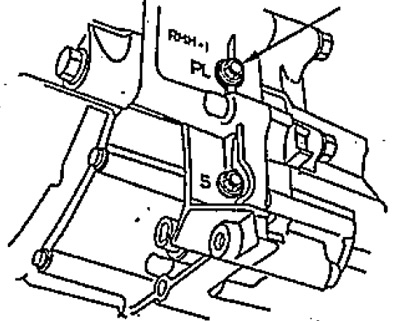
Pressure gauge connection for checking the pressure when the selector is in position "R" or "N".
4. Warm up the engine and automatic transmission.
5. Stop the engine and connect the diagnostic tool to the DLC connector (A).
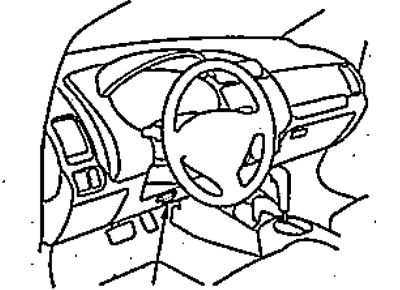
6. Check the pressure of the working fluid selector position "R" or "N".
- A) Move the selector to position "R" or "N".
- b) Set the engine speed to 2000 rpm.
- V) Measure and record the pressure value.
- G) Stop the engine and disconnect the pressure gauge,
- d) Install a new seal on the plug and screw it on.
Tightening torque - 18 Nm.
7. Check the pressure of the working fluid in the circuit of the clutches of the first and second gears.
A) Remove the air filter housing (see chapter "Maintenance and general inspection and adjustment procedures").
b) Unscrew the plugs and connect pressure gauges in their place.
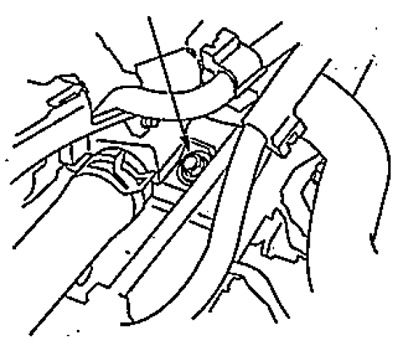
Pressure gauge connection for checking the pressure in the circuit of the first gear clutch.
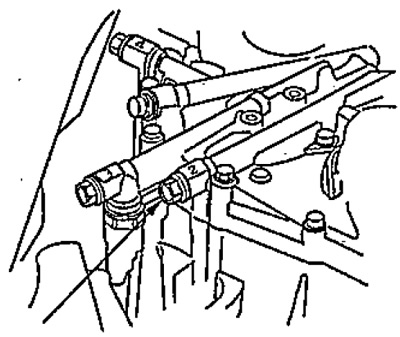
Pressure gauge connection for checking the pressure in the second gear clutch circuit.
V) Temporarily install the air filter housing.
G) Start the engine.
d) Move the selector to position "1", (models without manual shift mode) or "S" (first gear engaged) (manual shift models) and set the engine speed to 2000 rpm.
e) Measure and record the pressure in the first clutch circuit.
and) Move the selector to position "2" (models without manual shift mode) or "S" (second gear engaged) (manual shift models), and set the engine speed to 2000 rpm.
h) Measure and record the pressure in the second gear clutch circuit.
And) Stop the engine and remove the air filter housing.
To) Disconnect gauges. Install a new seal on the plug and screw it on.
- Tightening torque - 18 Nm
l) Install the air filter housing (see chapter "Maintenance and general inspection and adjustment procedures").
8. Check the pressure of the working fluid in the circuit of the third, fourth and fifth gears.
A) Unscrew the plugs and connect pressure gauges in their place.
Table. Troubleshooting based on test results on a fully braked vehicle.
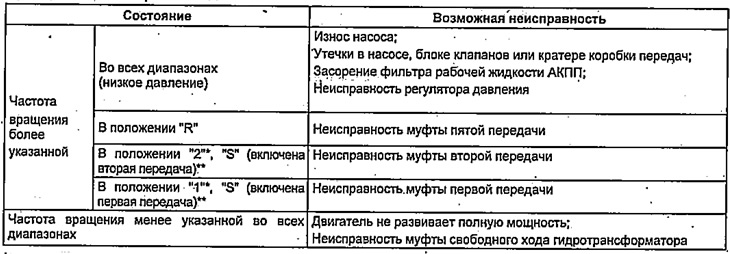
Note:
- * - models without manual gearshift mode;
- ** - models with manual gearshift mode.
Table. Working fluid pressure and possible malfunctions.
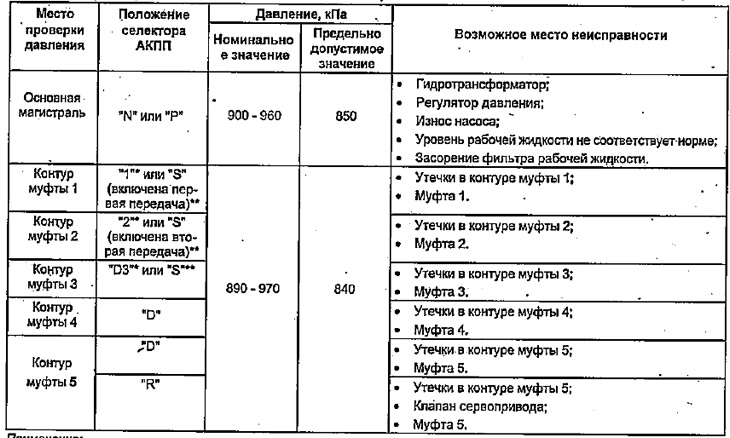
Note:
- * - models without manual gearshift mode;
- ** - models with manual gearshift mode.

Connection fittings for pressure gauges for checking the pressure in the circuit of the third and fourth gear clutches. 1 - coupling fitting, 3rd gear, 2 - coupling fitting of 4th gear.
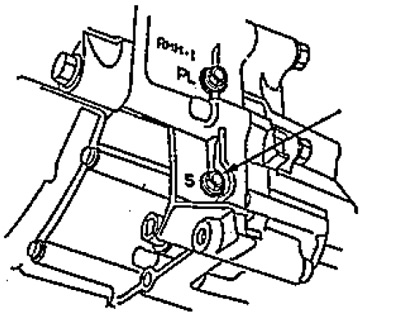
Connection fitting for a pressure gauge for checking the pressure in the fifth gear clutch circuit.
b) Start the engine.
V) Move the selector to position "D3" (models without manual shift mode) or "S" (manual shift models) and set the engine speed to 2000 rpm.
G) Measure and record the pressure in the third gear clutch circuit.
d) Move the selector to position "D" and set the engine speed to 2000 rpm.
e) Measure and record the pressure in the fourth and fifth clutch circuit.
and) Set the idle speed and, pressing the brake pedal, brake the wheels.
h) Move the selector to position "R" and set the engine speed to 2000 rpm.
And) Measure and record the pressure in the fifth gear clutch circuit.
To) Stop the engine
l) Disconnect gauges. Install a new seal on the plug and screw it on.
- Tightening torque - 18 Nm
9. Compare the measured values with those given in the table "Fluid pressure and possible malfunctions". If the pressure does not correspond to the given, then according to the table, determine the location of the malfunction.
10. Install fender liner.
